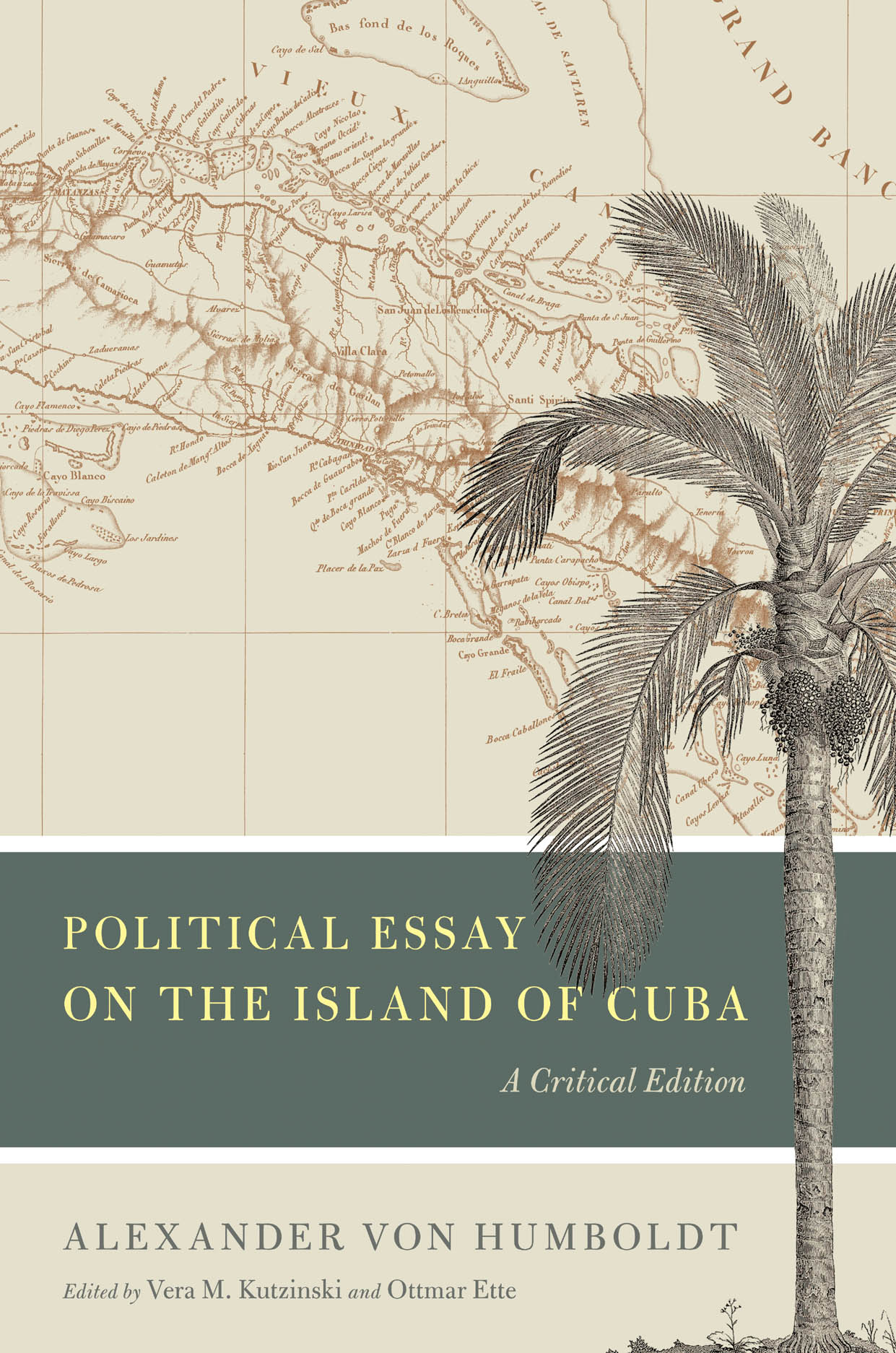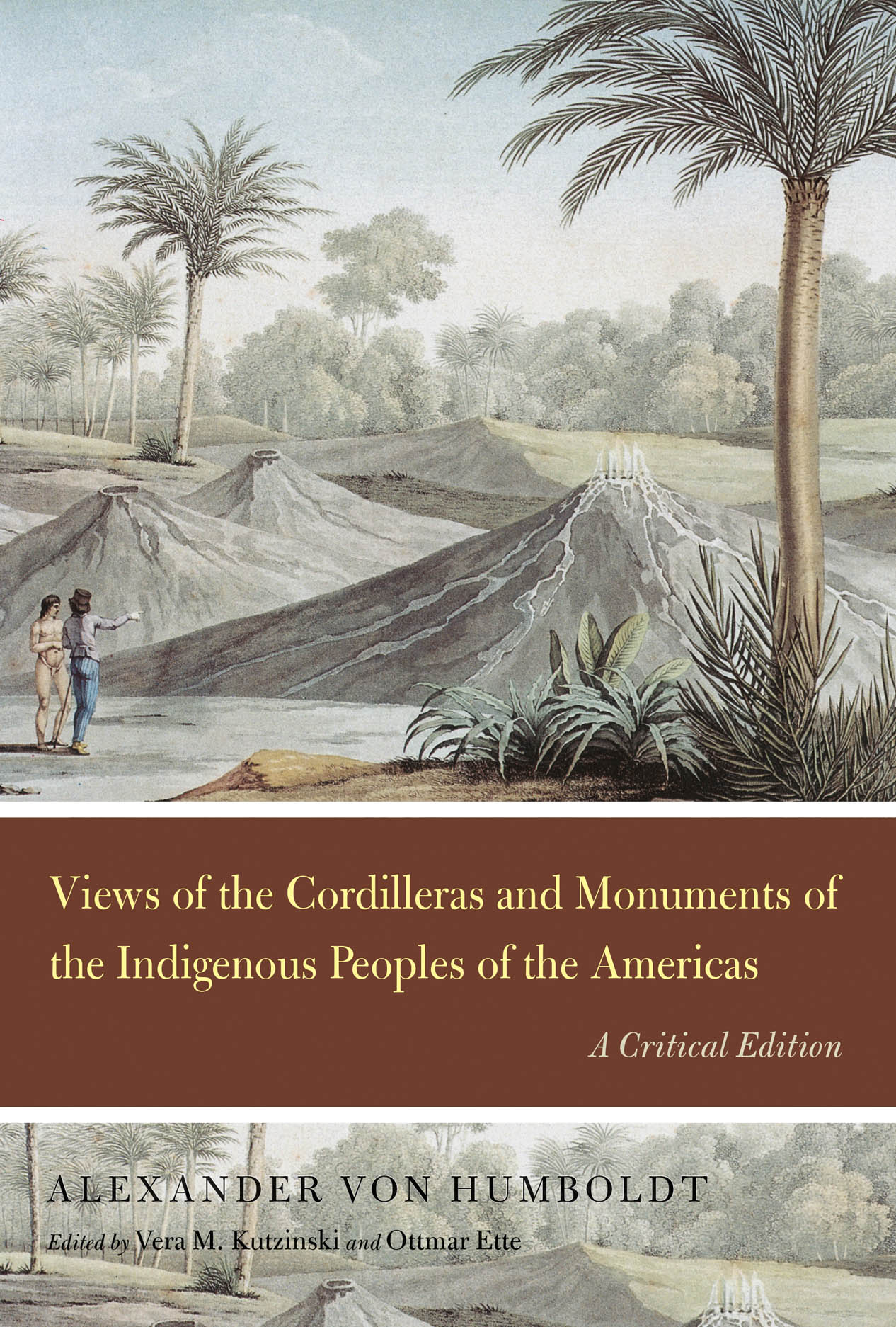Cuba, Slavery, and the US Annexation Debate
Haitian shock-waves in Cuba
Slavery was the foremost topic in sociopolitical, economic, and ethical debates in nineteenth-century Cuba. In 1791, the slaves in the French colony of Saint-Domingue had begun the first successful large-scale insurrection in history, known as the Haitian Revolution (1791-1804). With Saint-Domingue’s economy in ruins, the demand for Cuban sugar increased, and so did Cuba’s appetite for slaves. In addition to infusing the Cuban sugarcane industry with thousands of fleeing French planters and sugar engineers, the Haitian Revolution also generated wide-spread fears of another slave revolution.
During his two visits to the island, Humboldt gained a close impression of the shock-waves that the Haitian Revolution had left among the Cuban oligarchy. He mentions “the troubles in Saint-Domingue” repeatedly in the Political Essay on the Island of Cuba, pointing to the progressive agenda that Havana’s merchant guild and Patriotic Society had pursued in the 1790s and again in 1811. Arango y Parreño had appealed to the Courts of Cádiz in Spain to end the transatlantic slave trade and improve the slaves’ conditions on the plantations in his “Representación de la Ciudad de la Habana a las Cortes el 20 de julio de 1811” [Representation of the city of Havana in the courts on July 20, 1811].
US Annexation Debate
As early as 1810, a similar discussion began among those in favor of maintaining the slave society, mainly a small group of local sugar plantation owners, and the consul of the United States in Havana. This group’s agenda was to have Cuba’s annexed to the slave states of the U.S. South. Initial negotiations failed, but the abolitionist proposals to the Courts of Cádiz prompted Cuban elites to reopen a covert dialogue on annexation in 1811—again to no avail.
The case for annexation resurfaced a third time in 1847 with the foundation of “El Club de la Habana” [The Havana Club]. This time, Miguel Aldama, Cirilio Villaverde, and John S. Thrasher began secretly advocating for the overthrow of the Spanish colonial administration and the gradual incorporation of Cuba in the U.S. South. The movement was finally eclipsed by the U.S. Civil War, putting a definitive end to pro-slavery ambitions on both sides.
Further Readings
Arango y Parreño, Francisco de. “Representación de la Ciudad de la Habana a las Cortes, el 20 de julio de 1811, con motivo de las proposiciones hechas por D. Jose Miguel Guridi Alcocer y D. Agustín de Argüelles, sobre el tráfico y esclavitud de los negros….” In Obras, vol. 2, p. 173-227. La Habana: Howson y Heinen, 1889. [Also published with supporting documents in Documentos de que hasta ahora se compone el expediente que principiaron las cortes extraordinarias sobre el tráfico y esclavitud de los negros (Madrid: Imprenta de Repulles, 1814).]
Foner, Philip S. “Alexander von Humboldt on Slavery in America.” Science and Society. 47.3 (1983): 330-42.
Geggus, David Patrick. Slave Resistance Studies and the Saint Domingue Slave Revolt: Some Preliminary Considerations. Miami: Latin American and Caribbean Center, Florida International University, 1893.
James, C. L. R. The Black Jacobins: Toussaint L'Ouverture and the San Domingo Revolution. New York: Vintage Books, 1989.
Nicholls, David. From Dessalines to Duvalier: race, colour, and national independence in Haiti. New Brunswick: Rutgers University Press, 1996.
Paquette, Robert L. Sugar is Made with Blood. The Conspiracy of La Escalera and the Conflict between Empires over Slavery in Cuba. Middletown, CT: Wesleyan University Press, 1988.
Portuondo, María M. “Plantation Factories. Science and Technology in Late-Eighteenth-Century Cuba.” Technology and Culture 44.2 (April 2003): 231-57.
Walls, Laura Dassow. The Passage to Cosmos: Alexander von Humboldt and the Shaping of America. Chicago: University of Chicago Press, 2009.
Zeuske, Michael. “Hidden markers, open secrets: on naming, race-marking, and race-making in Cuba.” New West Indian Guide/ Nieuwe West-Indische Gids 76, no. 3/4 (2002): 211-41.
Tomich, Dale. “The Wealth of Empire: Francisco Arango y Parreño, Political Economy, and the Second Slavery in Cuba.” Comparative Studies in Society and History45.1 (2003): 4-28.




